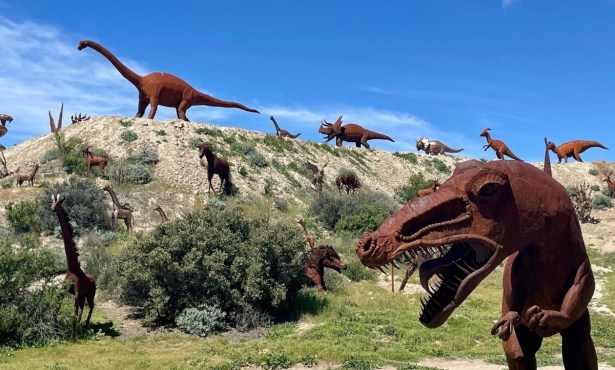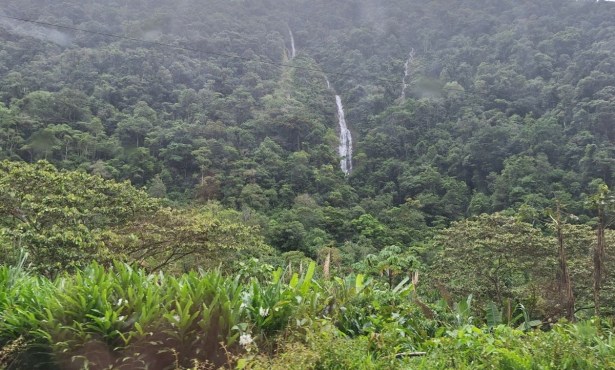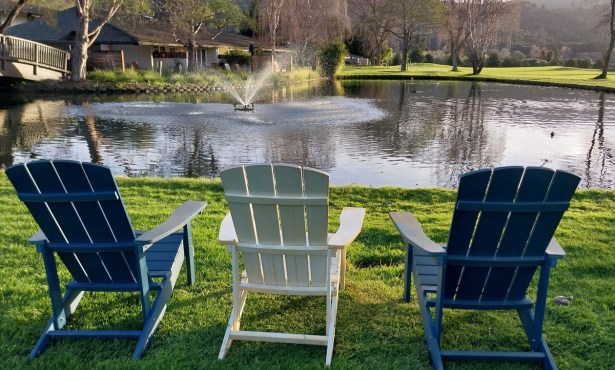Health for Pune City’s Poor
Giving Vitamin A and Deworming Medicine to the Children of Pune's Slums
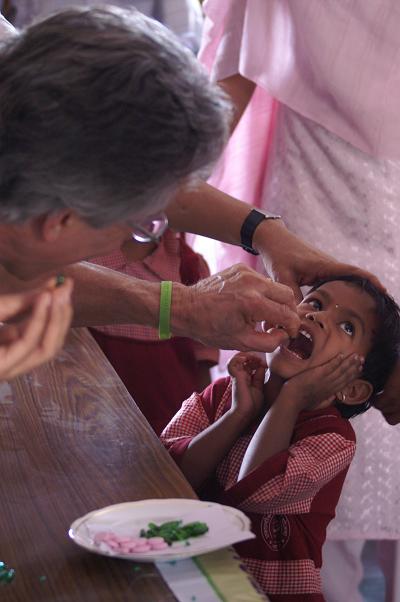
Take green capsule. Clip end. Squeeze orange contents into child’s mouth. Take pink tablet. Put in child’s mouth. Tell child to chew. Repeat.
“It’s that simple,” explains Howard Schiffer, founder of Vitamin Angels, after a successful round of distributing Vitamin A (the green capsule) and deworming medicine (the pink tablet) to dozens of children in Pune (pronounced, and sometime spelled, “Poona” and located about three hours southeast of Bombay). With those easy steps – so simple a nutrition-giving neophyte like myself could master the process in one try – more than 70,000 children in the Pune district are being saved from blindness and sickness.
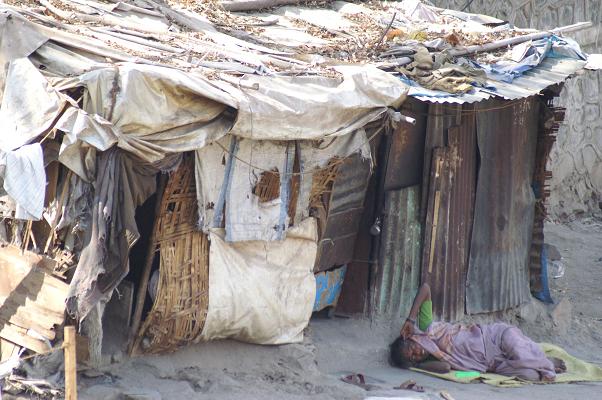
Schiffer calls the situation a great example of partnering between the government, which hosted the distribution in its building and sponsors it through the educational system; an Indian nonprofit, which carries out the on-the-ground health training and vitamin distribution; and for-profit companies, which provide Vitamin Angels with the products. And that’s the magical trio, according to Schiffer, which will ensure the success of any similar program anywhere.
Though the distribution is astonishingly simple, the cost is perhaps more baffling: for literally 25 cents – covering production, transportation, and dispersal – a child gets enough Vitamin A and deworming medicine to last one year. And for kids who live in slums where sewage washes down the alley and fresh food is hard to come by, getting such nutrition and protection against the elements of disease can be the difference between life and death.
After this morning’s distribution in the Pune district buildings – which was preceded by the typically ritualistic Indian greeting and thank you ceremony (even I got flowers and a wrapped present) – we entered the slums and watched volunteer educators from the community show kids slides about hygiene, teach teenagers about how to eat healthy and avoid anemia, and instruct women of child-bearing age about prenatal health. Of the 2.5 million people who live in Pune, more than 1.5 million live in 564 assorted slums, which range from two- and three-story corrugated metal shanties to cloth tents along rivers of sewage where scavenging eagles soar above, the lean-tos occupied by some of our planet’s poorest souls. (Yet, as Schiffer reminds, there’s always someone poorer, such as the dirt-crusted men and women who sleep on the streets of Bombay. “Where’s the bottom?” he asks sincerely.) The slums’ poverty was intense, but the warmth and friendly atmosphere of the slums made it clear why families have stayed there for generations.
The day proved a long one – it began at 7 a.m., and we did not return to the hotel until 9:30 p.m. Today’s trip was shadowed with the threat of possible riots in Pune, as a politician who’s been starting ethnic hatred against the northern Indian immigrants was supposed to speak today, after a government ban on his public rabble-rousing expired. We only saw a small crowd gathered in one area, listening to a speaker, and don’t know for sure if that had anything to do with the threat. Otherwise, everything was calm, or at least as calm as can be expected when hordes of all ages live atop each other and vehicles of all shapes and sizes are hitting the highways like racetracks.
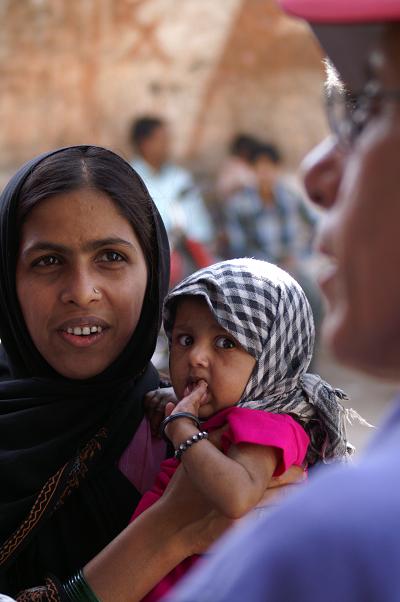
As I write this, the clock ticks past 10 p.m., and we’ve got an 8 a.m. start tomorrow, which promises more slums, but only about one hour away from Bombay. Although conventional wisdom would hint otherwise, the pollution is remarkably worse outside of the city, with visibility much like looking into a thick San Francisco fog. It is, to be honest, unfit for the word “smog” and other words associated with such an atmosphere – smoky, hazy, etc. – also fail to do it justice. Venus, that planet shrouded in layers of noxious gases, is probably the best comparison. And lest you try to look toward the ground for escape, beware of the people pissing and pooping everywhere. As one man recounted today, “All of India is a toilet.”
Luckily, the food is excellent, the people are kind, and the beer is ice cold.
Matt Kettmann is reporting from India until March 4. For more, tune into Independent.com/india.

